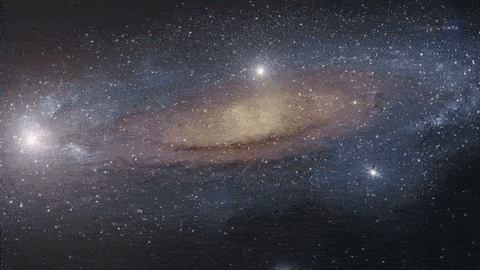Webb Telescope - Blog Posts
According to the James Webb Space Telescope weekly schedule for this week, the James Webb Space Telescope (JWST) is set to observe six exoplanet systems this week, including HD-134004, SR-12-C, GSC6214-210-B, TOI-836, HR-2562, and WASP-17. Let's take a closer look at each of these objects and what we hope to learn from studying them.


Webb observes galaxy cluster RX J2129 triply lens supernova hosting galaxy


An image of Jupiter and one of its moons that the Webb telescope took, beautiful astrophotography, can't wait to see what else this telescope is capable of.




Webb's first pictures, who knows what else our eyes in the sky will discover? So gorgeous, I hope there's many more stunning sights like this.
10 “Out of This World" Facts About the James Webb Space Telescope
Wouldn’t it be neat to see a period of the universe’s history that we’ve never seen before? That’s exactly what the James Webb Space Telescope (JWST) will be able to do…plus more!

Specifically, Webb will see the first objects that formed as the universe cooled down after the Big Bang. We don’t know exactly when the universe made the first stars and galaxies – or how for that matter. That is what we are building Webb to help answer.
Here are 10 awesome facts about this next generation space telescope:
1. The James Webb Space Telescope is the world’s largest and next premier space observatory. It will extend the discoveries of the Hubble Space telescope and observe the birthplaces of stars, galaxies, planets and life over billions of years.

2. It is named after James Webb, NASA’s second administrator and champion of our science.

3. At 3 stories high and the size of a tennis court, it will be 100 times more powerful than Hubble!

4. It is so big that it has to fold origami-style to fit in the rocket, which is only 5.4 meters wide…And then it will unfurl, segment by segment, once in space.

5. The telescope will observe infrared light with unprecedented sensitivity. It will see the first galaxies born after the Big Bang over 13.5 billion years ago.

6. Webb’s infrared cameras are so sensitive they must be shielded from light from the sun, Earth, and moon. The 5-layer sunshield is like having sunblock of SPF 1 million.

7. Webb will orbit the sun 1 million miles from Earth, where the telescope will operate at temperatures below -390 F (-235 C).

8. Webb’s mirrors are coated with a super thin layer of gold only about 1000 atoms thick to optimize their reflectivity in the infrared.

9. Webb will launch from French Guiana in 2018. It is launched near the equator because the faster spin of Earth there gives the rocket an extra push.

10. Webb is an international mission, with contributions from the European Space Agency and Canadian Space Agency. Once operational, scientists from all over the world will be able to use Webb to explore our solar system, planets outside our solar system, stars and galaxies.

Make sure to follow us on Tumblr for your regular dose of space: http://nasa.tumblr.com